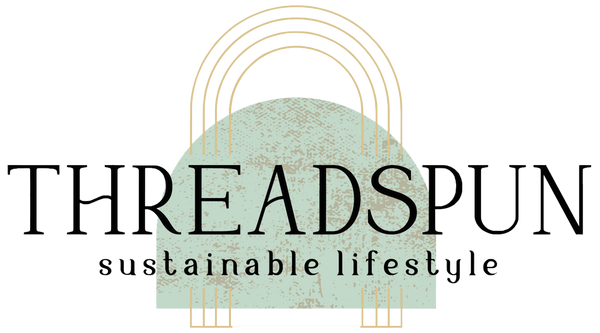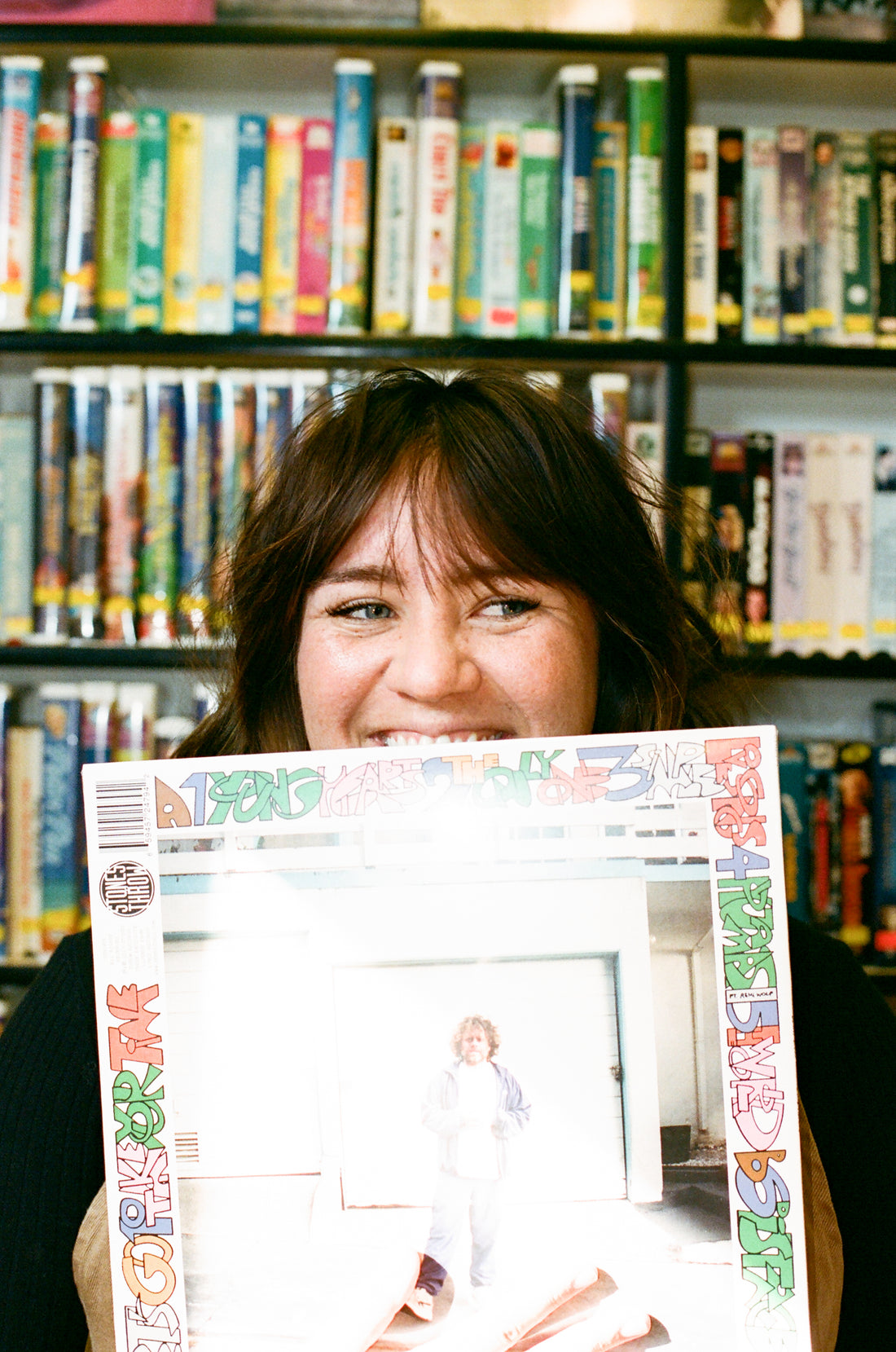with Genevra Munoa
Genevra Munoa is one of my very favorite people. She is genuine and kind, insanely talented in her varied creative pursuits, patient and inspiring. Genevra describes herself as an Indigenous musician, artist, sociologist, sister, teacher, and auntie. She is certainly all of these things and much more to those who love her. Genevra is a bright light in our local community, literally my children's art teacher, but also my own teacher in so many ways. Join us as she shares a little bit about her identity as a Native woman and her creative journey, the importance of authenticity and appreciation over appropriation, and how she views art (teaser: you're going to love it because Genevra knows that art is omnipresent and art *is* the everyday - so, get out there and create already!). A quick P.S.: we had intended this blog to be posted for Native American Heritage Month in November (but small business, ya know?). We actually love that it is now being posted in the first few days of the new calendar year, as this is Native land and it is Native American Heritage Month year round here and throughout the U.S.

All photography by Genevra's older sister & fellow artist, Alexis Munoa Dyer.
Please introduce yourself -
Hi! Míiyu!
I’m Genevra (jeh-neh-vruh). she/her/hers
I’m a musician, artist, sociologist, sister, teacher, auntie. I’m indigenous from the Tóo$aval clan of the Pechanga band of the Payómkawichum people. I am currently an art instructor in Encinitas at a local studio (s/o to Encinitas House of Art) in addition to being an independent musician, artist, and writer for the sociology section of As You Are Magazine. I studied Learning, Diversity & Urban Studies receiving my Masters in Education from Vanderbilt University in 2021
and moved back home to San Diego in 2022! I love the ocean, vanilla oat milk lattes, and my sister’s 14 yr old Dachshund, Roscoe.

Connecting with plant energies -
What does your connection to your Native community mean to you and how do you honor and strengthen this connection?
I don’t really know. It’s cool, it’s special, it’s complicated. I went through the US school systems like everyone else did and learned about Native Americans the same way everybody else did.
What we were taught left out A LOT on purpose. The images and stories I was taught were about MY family, but they weren't the truth. I had to deconstruct a lot and deny colonial expectations. I had to remind myself that Indigenous people don’t all look the same or wear deerskins and feathers.
Growing up was confusing because what the world knew of my culture was not the same as what I knew of my culture. My family was indigenous in a completely different coastal culture from the ones I saw in movies. I learned I am valid in my identity and am a part of a beautiful tapestry of indigenous diversity (the 500+ tribes across the US). I love being Indigenous, I love the beauty that surrounds being in relation with the world around me. And learning more about my culture and my ancestors is a daily thing.

You are an artist in the truest sense. Can you tell us a little bit about how you got interested in music and art? How do you nurture this creativity as an adult?
I am the youngest in a family of five kids, with a mom and dad who were really musical and encouraging of the arts. I feel like we were in a unique situation, having parents whose jobs were in the arts (movies, TV) and education. They modeled that music, singing, and making stuff was a safe thing.
However, I didn’t consider myself an artsy kid, maybe in the same way a fish doesn’t notice the water it's in. I don’t remember a time when me or my siblings weren’t singing. We even had a rule: “No singing at the dinner table”, because we’d be distracted and not eat our food. Listening to music and taking apart the choices the musicians made fascinated me as I’d try to copy them. I really got into Ella Fitzgerald, Stevie Wonder, The Beatles, and then of course whatever cool music my older siblings were into.
It wasn’t until college when I started writing and producing (with help) my own music for fun. Art is also something I’ve always done. I liked making things, painting and drawing. Growing up, I used art as an outlet more than a practice. During the pandemic, I got more into indigenous beadwork and painting which led
me to trying all of the mediums I use now.

L to R: Rug tufting process, colored pencil sketch, Genevra poses with her guitar, on the go water color kit
I didn’t consider myself an artist for the longest time. The only art class I’ve taken was a film photography class in high school. It wasn’t until I started allowing myself to call myself an artist that I started believing it. Ridiculous, I know, but I find it's a common story.
For many people, art and creativity comes with a lot of baggage. We all suffer from this capitalist idea that creativity is invaluable and unproductive, so we cut it from our school budgets and stop drawing by 5th grade. We collectively disassociate with our innate creativity by putting it in a box and shoving it away. But the truth is WE ARE ARTISTS. Everyone. From the most complicated oil paintings to simply picking out an outfit in the morning. Humans are creatives. We’re made to make. Art is NOT about the product “looking good” or even about “skill”.
Who’s to say what “good” is? It’s about the action of creating something. Bringing something that didn’t exist before into reality. It's about being present with the materials during the time you spend making. It’s about communication of ideas. It's about connecting with feelings, healing… everything and nothing at all. It can just be what it is. It can suck. And that’s what makes it so cool.
By engaging in a daily practice, reforming what we associate creativity to be, we are essentially decolonizing ourselves. To be creative, I think, is an indigenous principle. We all came from Earth practices that value creation. So we’re made to make.
What is your favorite medium in which to create?
I work in a lot of different mediums, which I’ve found is pretty normal for a lot of artists. I think it's limiting to feel the need to narrow down to one, as they all communicate in different ways. We need them all. I started out drawing as most kids do and really honed in on watercolor. I write, make music , watercolor, paint with acrylic, paper collage, linocut print, do indigenous beadwork, illustrate, and tuft rugs.

Showing off a rug she hand tufted, sporting a tee by Thinking Mu.
Right now, I’ve really been enjoying playing with the texture and pigment quality of Prismacolor colored pencils. They can add a lot to a watercolor painting by bringing in depth and detail.
I’ve also been doing a lot of rug tufting. I use a 3’x3’ wooden frame with fabric stretched over it, yarn, and a handheld tufting machine that looks as if you morphed a nerf gun and a sewing machine. Google it, it's pretty cool. And scary.

Taking a trip to Lou's Records in the Hemp Jumper dress, styled with the Bicolor Boot & a leather tote by O My Bag.
In what ways does your art reflect you and your life?
My art is an extension of me… And I'm just figuring it out day by day hahaha. It's silly and fun and I don’t know what I’m doing. But I make what feels beautiful and exciting. I also draw a lot of inspiration from our plants and the water, and things I think are fun.
What does the term "Native American Heritage Month" mean to you/how do these types of acknowledgements generally make you feel?
I think it's great that these ethnicity dedicated months are bringing the stage to minoritized groups of people. I enjoy that public interest increases during these months and that education is sought out. However it would be better if we gave the same care and attention to each other throughout the year, rather than tokenizing a month.
Where do we go from here? What do we do when December comes and Native Heritage month ends? We keep learning. We keep supporting. Yeah, it’s a lot to ask of the world to care about each other, …but I think maybe that’s the point.
Also it is impossible for one person to save the world and fix everything and be the perfect ally, activist, student, or citizen. Which is why we need each other. We need individuals who support the voices, who help write the curriculum, who teach and listen to each other, who change the narrative, who make the laws, who protect each other, who raise new generations, and so on.
Start with you. Remain critical, ask questions, “Start where you are, but don’t stay there.” -Dr. Rich Milner (my Vanderbilt professor)

What is the top thing you want non-Native people to understand about Native peoples and places?
That we’re still here. And that they are a part of the story. We’re all a part of each other’s stories. Also that you should throw out everything you were taught about Indigenous people from school, tv, movies and books before like 2010. It's most likely wrong.
And that you came from somewhere too. Whiteness is a construct. It is not nothing. It gains and keeps its power and ethnocentrism by being “invisible”. It is not the default body. When we begin to question that, then we can better empathize with each other and work together.

How can non-Native people, like myself, be better appreciators of Native art and avoid appropriation?
Support and appreciate Native art by buying from Native makers! Buy the wool textile blankets from Native artisans, get the jewelry from Native beaders or silversmiths, get the fired natural pottery from an indigenous potter, etc. The more of a direct relationship you can build the better.
Also "Native art” isn’t only signified by stereotypical “native looking” patterns and designs. Native people work in many different art styles and what makes it “Native art” isn’t about the designs, but the fact that they made it.
Also learn more about appropriation. Many indigenous people haven’t had access to their lands, language, cultural practices, dances and arts; as these things were often banned, cut off, or taken from them. It is important that we learn to be respectful and supportive when interacting with cultural practices because of this. Learn to realize that appropriation is not just about being offensive. But it is more about the impact of the action and the message it sends, or the narrative it could create.
What does the term "a life well lived" mean to you? What would it look like?
Be authentic you. Listen to yourself. Get to know you more and more.
A life well lived is realizing we don’t know anything, and chasing that.
It would look like laughing so hard it hurts, peeled tangerines, hot summer sand, late night conversations, rocky tide pools, midnight chocolate chip pancakes, naming bands in the car with my dad, painting at the beach, whole dill pickles, driving the 101 with the windows down and music blaring, sweaty concerts, aperol spritz, new journal paper, writing music with my friends,
pigmented watercolors, saying how I really feel.

What are your top 5 favorite songs right now?
All I Ever Asked - Rachel Chinouriri
Sexy Villian - Remi Wolf
Dreamin’ - Benny Sings
Pin It Down - Madison Cunningham
What It Is - Amber Mark
See the pieces she styled here.

